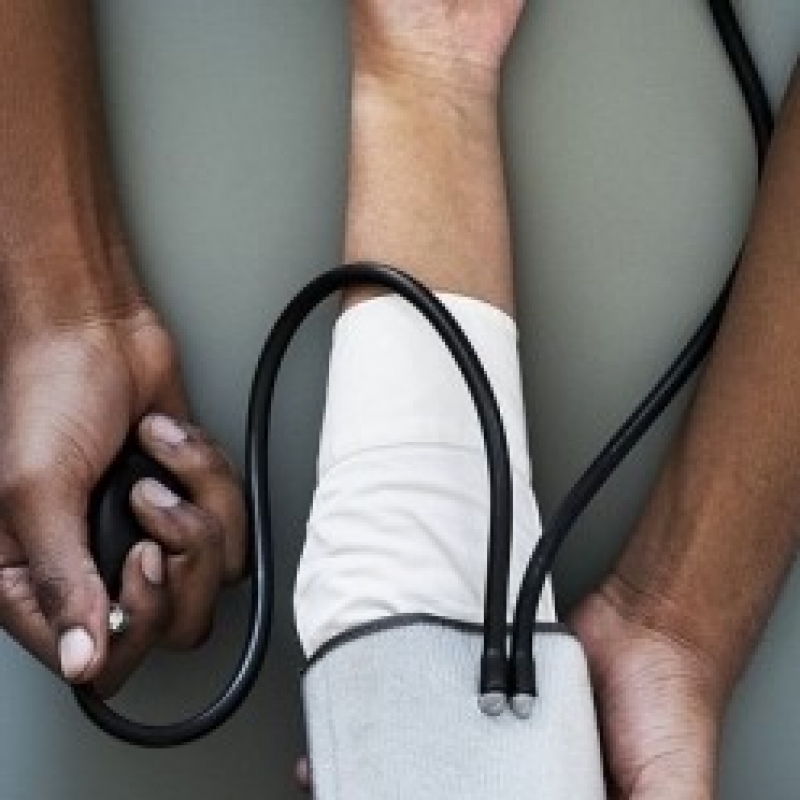
Receiving a diagnosis of cancer is difficult. Therefore, it is important to know how breast cancer treatment works. This way, it is possible to alleviate anxiety and to be calmer to perform the necessary procedures.
Breast cancer is divided into several types. The main ones are In Situ Ductal Carcinoma (CDIS), Invasive Ductal Carcinoma (ICD), In Situ Lobular Carcinoma (CLIS), Lobular Invasive Carcinoma (CLI) and, one of the rarest and most aggressive, Breast Cancer Inflammatory Carcinoma (CIM).
To help you stay more informed on the subject, in this post we address the main doubts as well as present the stages of the disease and the treatments related to each one of them. Follow us!
What are the stages of breast cancer?
Zero stage
This is considered the quietest stage of the disease, because the cancer cells are still in the ducts and the nodules usually do not form. Easily detected on mammography, the chances of cure of stage zero breast cancer are practically 100%.
Stage I
At this stage, the tumor measures less than 2cm and has already penetrated the region. However, it has not yet attacked the lymphatic glands located in the armpit. Usually your diagnosis is made through mammography, self-examination or other tests.
Stage II
During stage II, the lump can reach 5cm and reach some lymph nodes. This makes the picture more complex than in the earlier stages.
Stage III
When breast cancer reaches stage III, it means that its size has already passed 5cm. In addition, it has already spread to several nearby lymph nodes and may have even reached the skin and muscles.
Stage IV
At this stage, tumors can measure any size, but they already have metastasis and involvement of the lymph glands. That is, the disease has already reached organs such as the lungs and bones.
What are the treatments used at each stage?
The higher the stage of breast cancer, the more advanced the disease is. So it is important to know what the possible treatments are for each stage. The indication, however, is always made by a physician, who advises on the next steps and contraindications.
Local treatments are usually indicated for stage I tumors, as they seek to treat the disease in the region in which it is installed, without affecting other areas of the body. They may include surgery and radiation therapy.
From stage II, the doctor may indicate systemic treatments (chemotherapy, hormone therapy and immunotherapy). On them, medicines will be given to reach the cancer cells that are found in any region of the body.
Most patients diagnosed with breast cancer may, at some point, have to go through surgery to remove the tumor. It is needed to stay calm and be positive so that this phase becomes lighter. Always remembering that the sooner the illness is diagnosed, the greater the chances of a successful breast cancer treatment!
Did you enjoy this information? To get even deeper into the subject, take time to read our post on how eating can lessen the side effects of treatment. Good reading!

